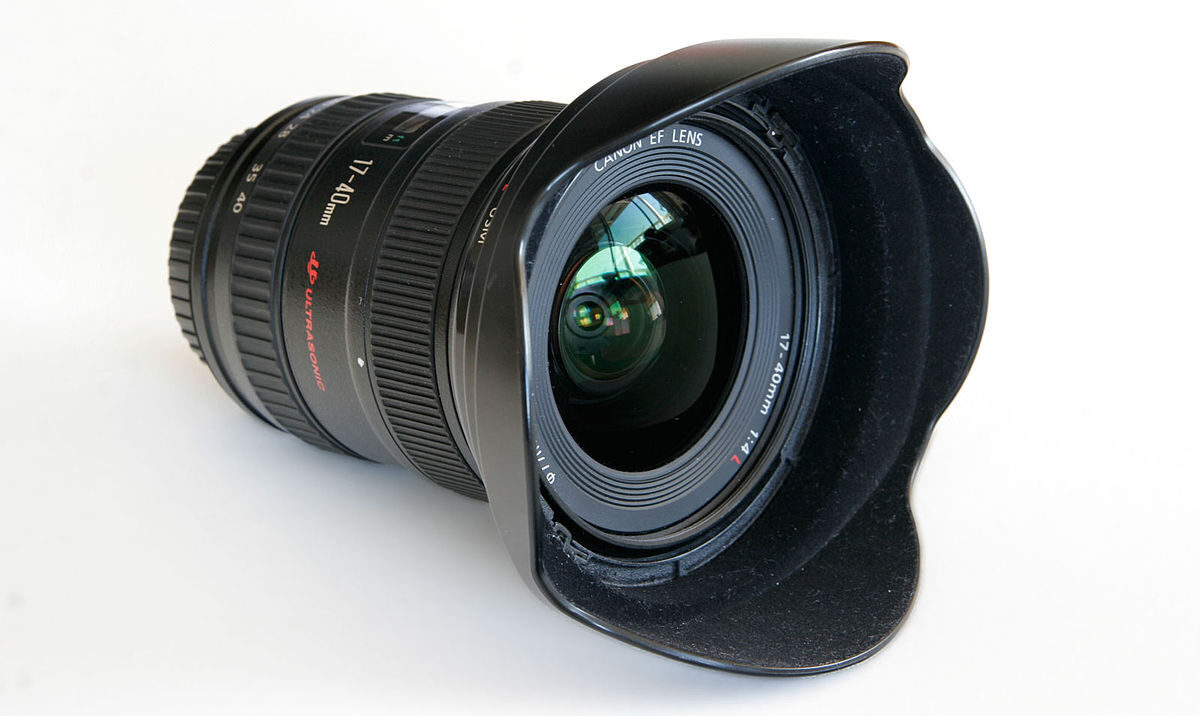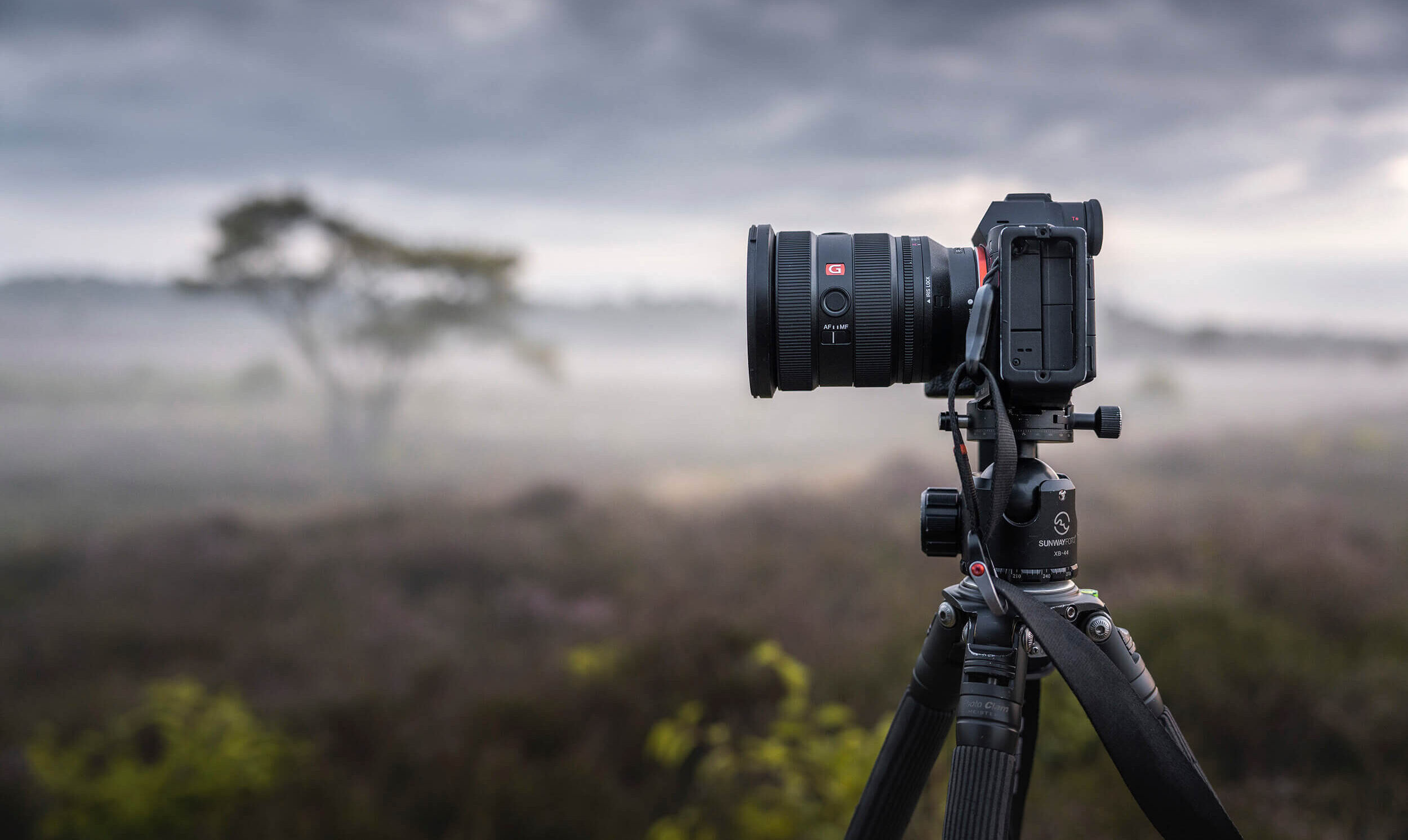When it comes to capturing immersive, dynamic, and visually striking images, few tools are as powerful as using wide angle lenses.
These lenses allow photographers to include more of the scene within the frame, creating a sense of depth and scale that standard lenses simply can’t match.
From vast landscapes to dramatic architectural compositions, a wide angle lens helps bring viewers directly into the heart of the image. Using wide angle lenses isn’t just about fitting more into the picture it’s about how you tell the story.
With the right technique, composition, and perspective, wide angles can add a professional touch to your photography. However, without proper handling, they can also distort proportions and exaggerate unwanted elements.
Understanding how to balance their strengths and limitations is key to achieving crisp, compelling results every time.
Using Wide Angle Lenses To Enhance Composition And Depth
One of the most powerful aspects of using wide angle lenses is their ability to create a strong sense of depth. By emphasizing the foreground and pushing the background further away, these lenses naturally guide the viewer’s eye through the frame.
This makes them ideal for storytelling you can lead the audience from a small detail in front to an expansive scene in the background. In composition, wide angle lenses are excellent for establishing a dynamic balance.
By placing a subject or object prominently in the foreground, you can anchor the image while still showcasing the environment around it. Leading lines, pathways, or natural elements like rivers and fences help direct attention and enhance spatial depth.
However, precision is key. Since using wide angle lenses captures more detail, cluttered or unbalanced scenes can quickly become visually overwhelming.
Simplify your composition by keeping the background clean, focusing on symmetry, and maintaining a clear visual hierarchy. This ensures the wide frame works to your advantage rather than becoming a distraction.
Adjusting Perspective And Distance For Better Framing
Perspective plays a crucial role when using wide angle lenses, as these lenses exaggerate distances and proportions.
Objects closer to the camera appear larger than they really are, while distant elements seem farther away. This can be used creatively to make scenes appear more dramatic or immersive but it must be handled carefully to avoid unnatural results.
To maintain balanced proportions, pay close attention to your distance from the subject. Standing too close can create distortion, particularly in portraits or architectural shots, where straight lines may appear curved.
Instead, take a few steps back and recompose your frame. This minimizes distortion while maintaining the wide perspective you’re aiming for. Changing your shooting angle also makes a big difference.
Shooting from a low perspective can emphasize the foreground and add drama to landscapes, while keeping the camera level helps preserve natural lines in architecture.
Mastering how to adjust perspective when using wide angle lenses allows you to control depth, maintain visual harmony, and create professional-looking photographs.
Using Wide Angle Lenses For Landscape And Architectural Photography
For landscape and architectural photographers, using wide angle lenses opens up endless creative possibilities.
In landscapes, these lenses make it possible to capture sweeping vistas from rolling hills to vast coastlines while maintaining clarity across the entire frame.
The wide field of view allows you to emphasize both the grandeur of the environment and the small details that give it character.
In architectural photography, wide angle lenses are essential for capturing entire buildings or interiors within limited spaces. They highlight structure, symmetry, and scale, allowing you to showcase design elements that might otherwise be lost.
However, to prevent unwanted distortion (such as buildings appearing to “lean” backward), always keep your camera parallel to the ground and avoid tilting upward too steeply.
Lighting also plays a vital role. When shooting indoors, wide angles can make small rooms appear larger but natural light should be used strategically to avoid overexposure or glare.
In outdoor settings, golden hour light helps balance shadows and highlights, enhancing textures and depth when using wide angle lenses for environmental photography.
Managing Distortion And Edge Sharpness In Photos
Every photographer who experiments with using wide angle lenses quickly discovers that distortion is a natural byproduct of their design. The wider the field of view, the more likely straight lines near the edges of the frame will appear curved or stretched.
While some distortion can add artistic character, too much can make images look unnatural. To reduce distortion, try shooting with focal lengths around 24mm to 35mm instead of going ultra-wide.
These lenses still provide a broad view but offer more control over perspective. Keeping the camera level and avoiding extreme angles will also minimize edge warping.
If distortion still occurs, post-processing tools like Lightroom’s “Lens Correction” feature can easily fix the issue. Edge sharpness is another consideration when using wide angle lenses.
Due to the lens curvature, the outer areas of the image may appear softer than the center. Using an aperture around f/8 to f/11 helps increase overall sharpness, providing better image uniformity.
Investing in high-quality wide angle lenses with aspherical glass elements can also ensure clearer results across the entire frame.
Using Wide Angle Lenses For Creative Shooting Techniques
Beyond technical precision, using wide angle lenses encourages creativity. These lenses allow you to play with perspective and framing in ways that challenge conventional photography.
For example, placing the camera extremely close to a foreground object exaggerates its size and impact, while still capturing a vast background. This creates a sense of immersion and drama that captivates viewers.
Wide angles also excel in storytelling photography particularly in travel, street, and documentary work where capturing the environment alongside the subject adds context.
In portraits, using a wide angle lens can create dynamic compositions by including surrounding details that enhance the narrative, though care must be taken to avoid distortion of facial features.
Another creative approach is to use motion with wide angles. Panning or slightly tilting the camera during a long exposure creates a sense of movement and flow.
Reflections, symmetry, and vanishing points can all be used to craft visually striking scenes. When combined with proper lighting and framing, using wide angle lenses can transform even simple environments into dramatic visual stories.
See you in the next post,
Anil UZUN

